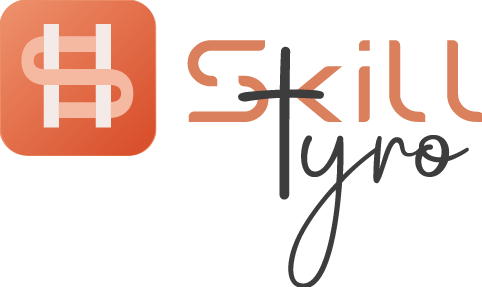Cosmetologists are trained and licensed to perform cosmetic treatments to the hair, skin, and nails.[3] This can be expanded into multiple parts including cutting and chemically treating hair, chemical hair removal, fashion trends, wigs, nails and skin care, skin and hair analysis; relaxation techniques including head, neck, scalp, hand and feet basic massage and aroma therapies; plus ability to expertly apply makeup applications to cover up dark spots or promote and can expand into further specialties such as reflexology; theatrical applications; cosmetics and others as listed below.
Hair color specialist
A hair color specialist, or hair colorist, specializes in the modification of natural hair color utilizing various application methods while using a colorant product from a professional company. In the US, some colorists are qualified through the American Board of Certified Hair Colorists. This designation is used to recognize colorists that have a greater level of competency in the industry through a written exam and a practical exam. A hair color specialist’s duties might include, but are not limited to, basic color applications, like covering grey, and lightening or darkening natural hair color. A color specialist is also able to perform corrective color applications and create special effects using foiling techniques or any other advanced color application methods.[citation needed]
Shampoo technician
A shampoo technician shampoos and conditions a client’s hair in preparation for the hair stylist. This is generally an apprentice position and a first step for many just out of cosmetology school.[citation needed]
Esthetician
Estheticians are licensed professionals who are experts in maintaining and improving skin.[4] An esthetician’s general scope of practice is limited to the epidermis (the outer layer of skin).[5] Estheticians work in many different environments such as salons, Medi-spas, day spas, skin care clinics, and private practices. Estheticians may also specialize in treatments such as microdermabrasion, microcurrent (also known as non-surgical “face lifts”), cosmetic electrotherapy treatments (galvanic current, high frequency), LED (light-emitting diode) treatments, ultrasound/ultrasonic (low level), and mechanical massage (vacuum and G8 muscle vibrating).[6][7]
An esthetician may undergo special training for treatments such as laser hair removal, permanent makeup application, light chemical peels, eyelash extensions, microblading, and In the US, estheticians must be licensed in the state in which they are working and are governed by the cosmetology board requirements of that state. Estheticians must complete a minimum 260–1500 hours of training and pass both a written and hands-on exam in order to be licensed in a given state. Utah, Virginia and Washington are the only states at this time to adopt the Master Esthetician License. Additional post graduate training is sometimes required when specializing in areas such as medical esthetics (working in a doctor’s office). Estheticians work under a dermatologist‘s supervision only when employed by the dermatologist’s practice. Estheticians treat a wide variety of skin issues that are cosmetic in nature, such as mild acne, hyperpigmentation, and aging skin; therefore, clients with skin disease and disorders are referred to a dermatologist or other medical professional. Estheticians are also referred to as beauticians within North America


